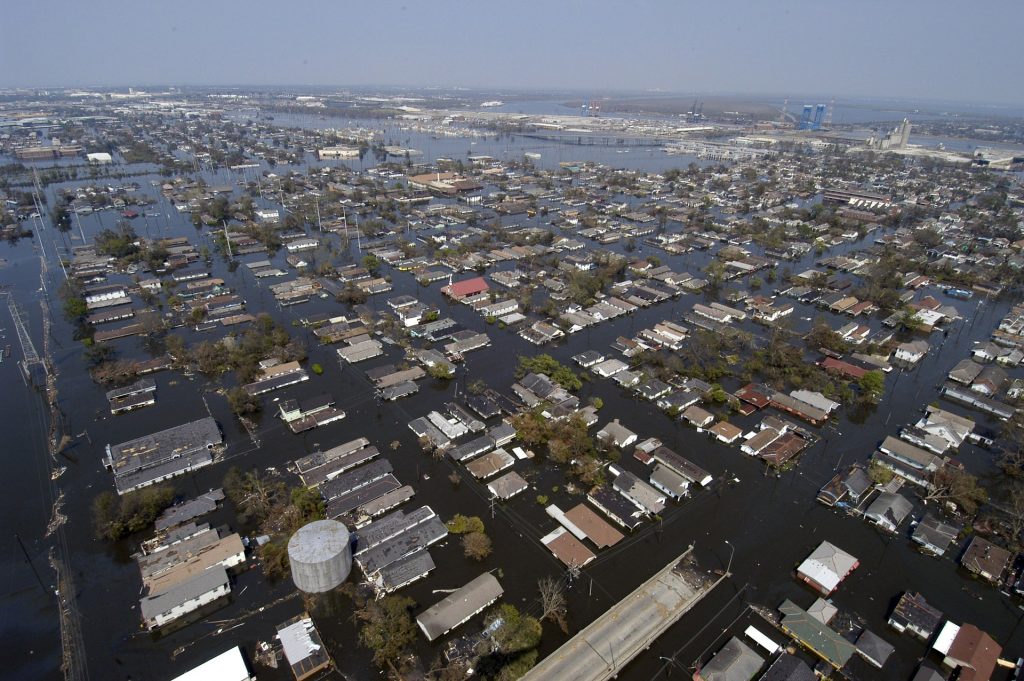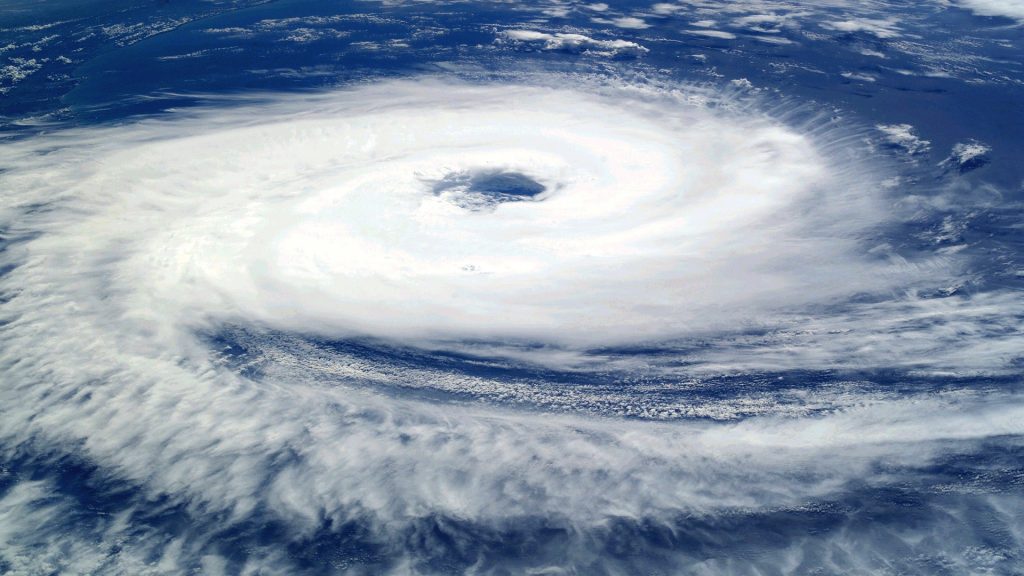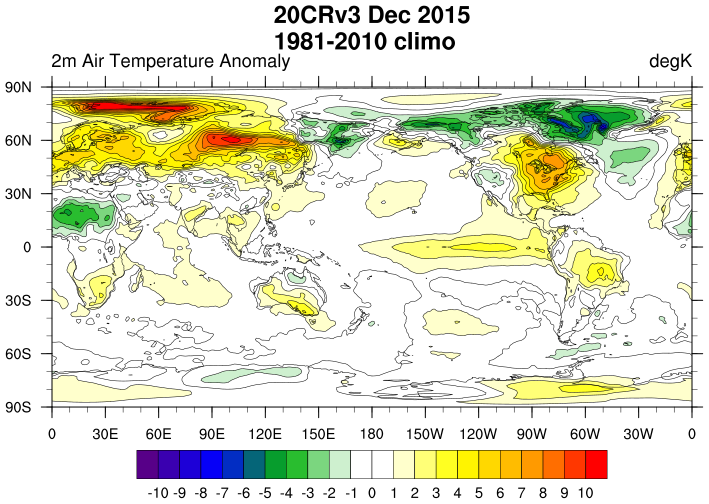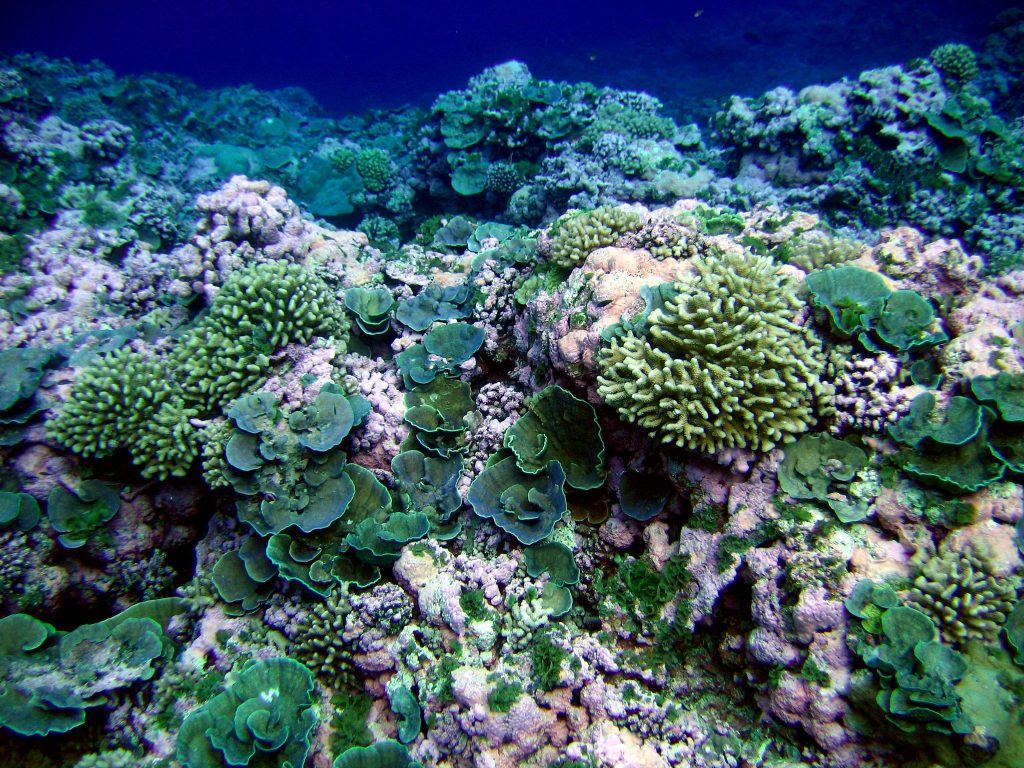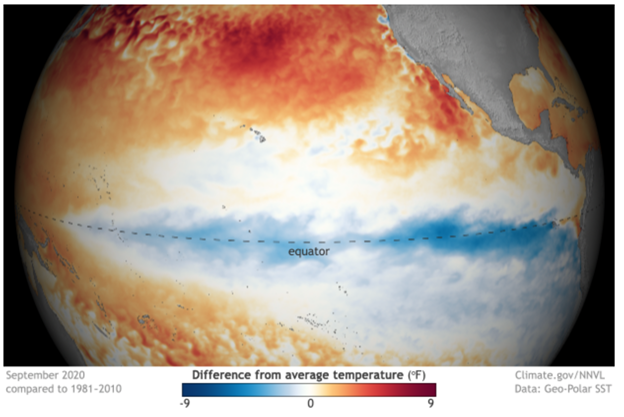New Study Identifies Mountain Snowpack Most “At-Risk” from Climate Change
Climate scientists identify regional variations in snowpack melt as temperatures increase and present a theory that explains which mountain snowpacks worldwide are most “at-risk” from climate change.
New Study Identifies Mountain Snowpack Most “At-Risk” from Climate Change Read More »




